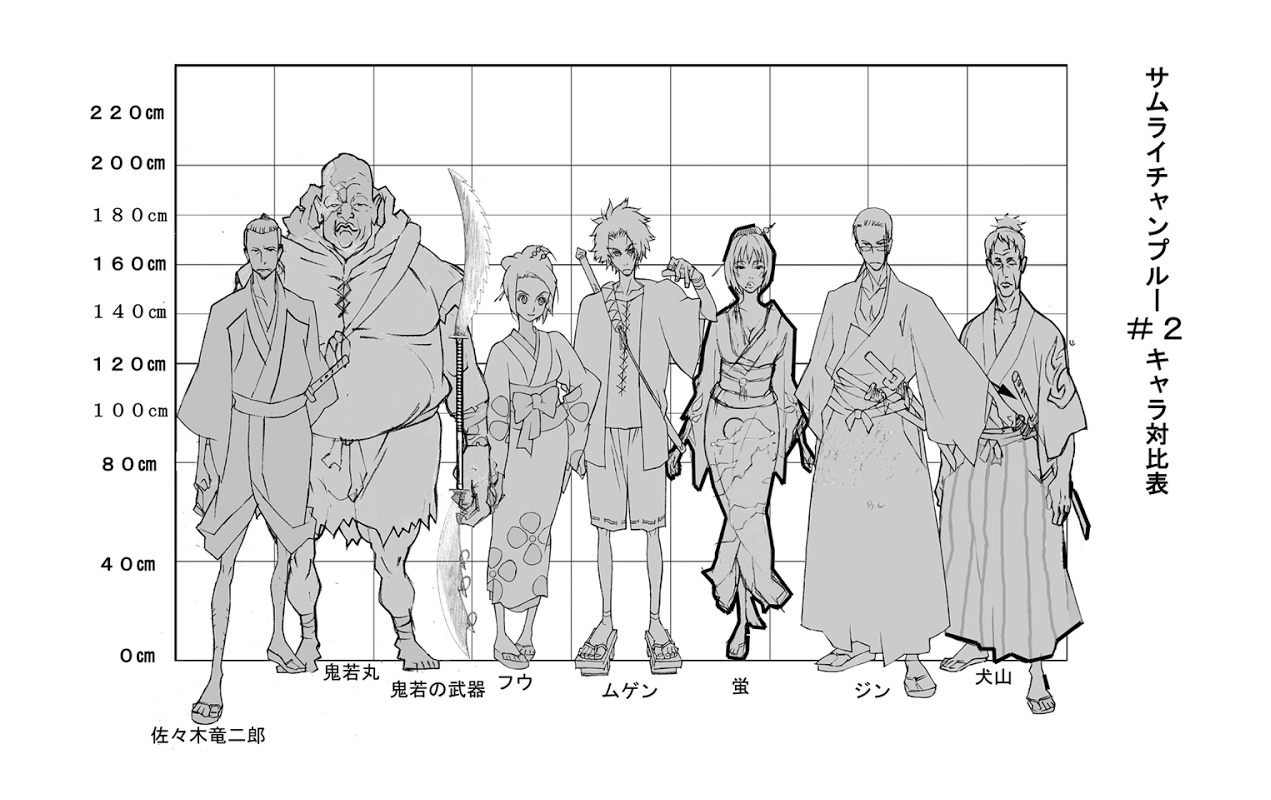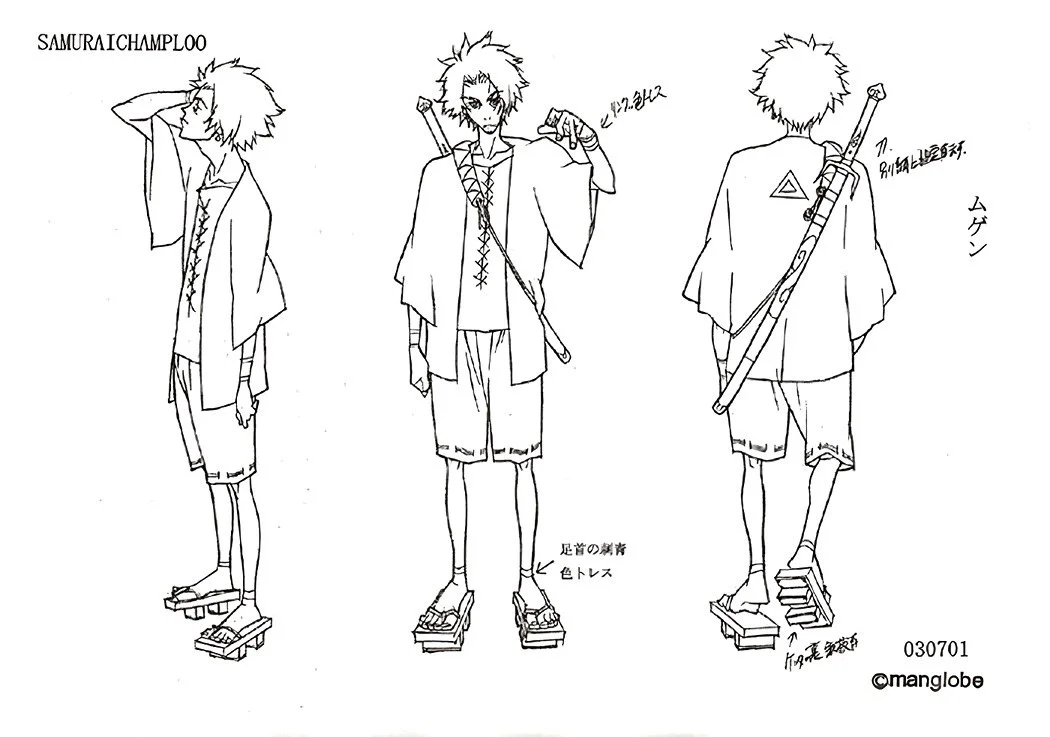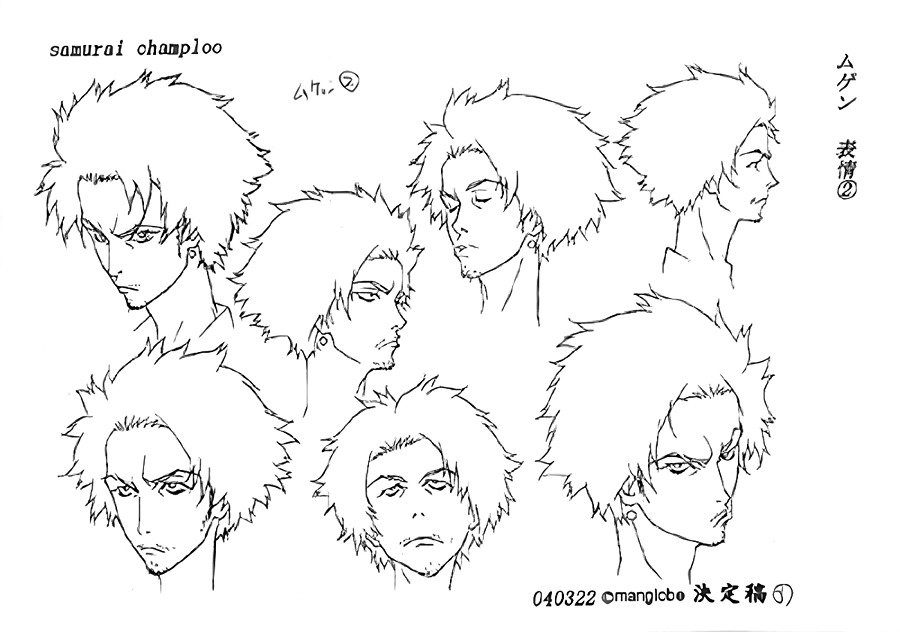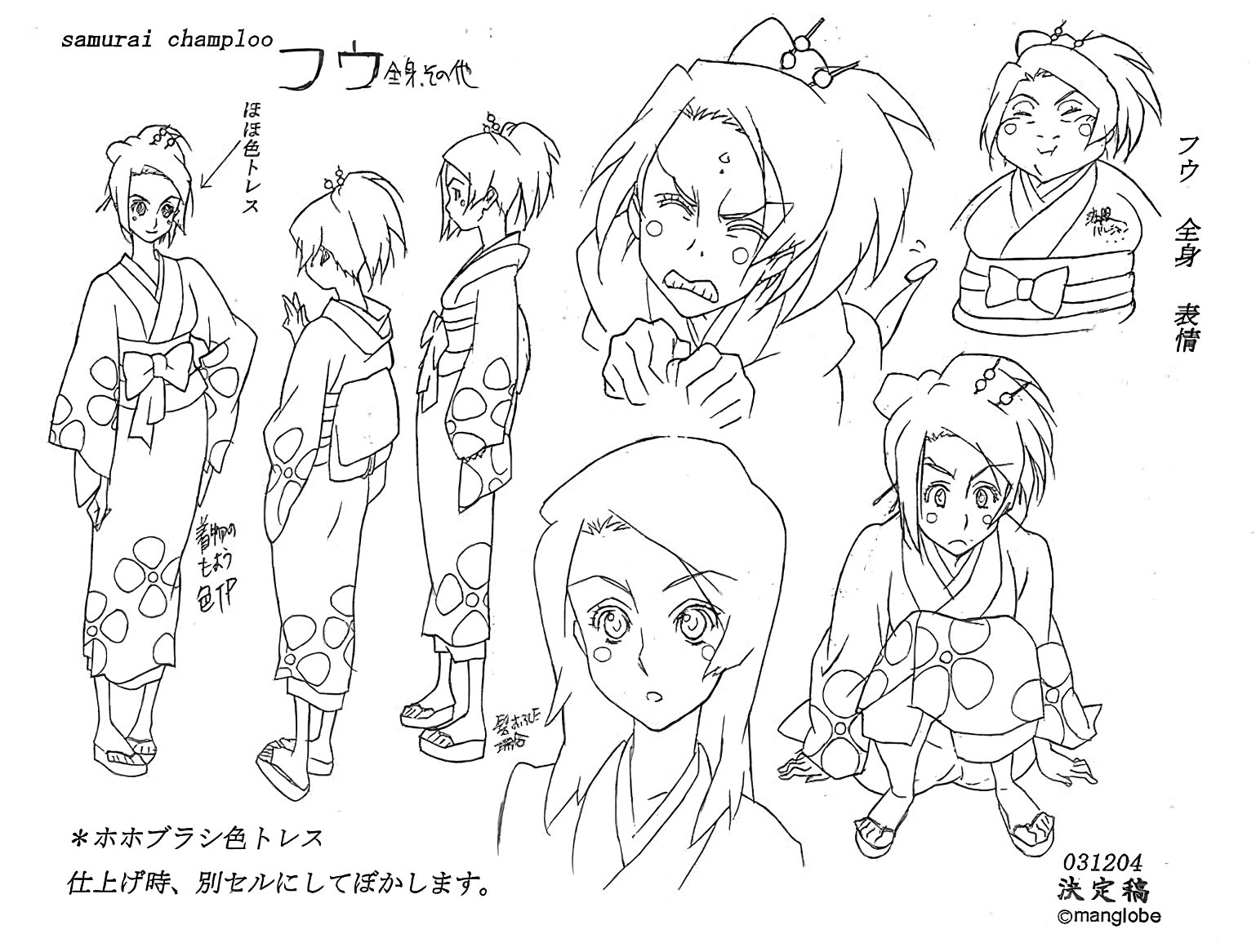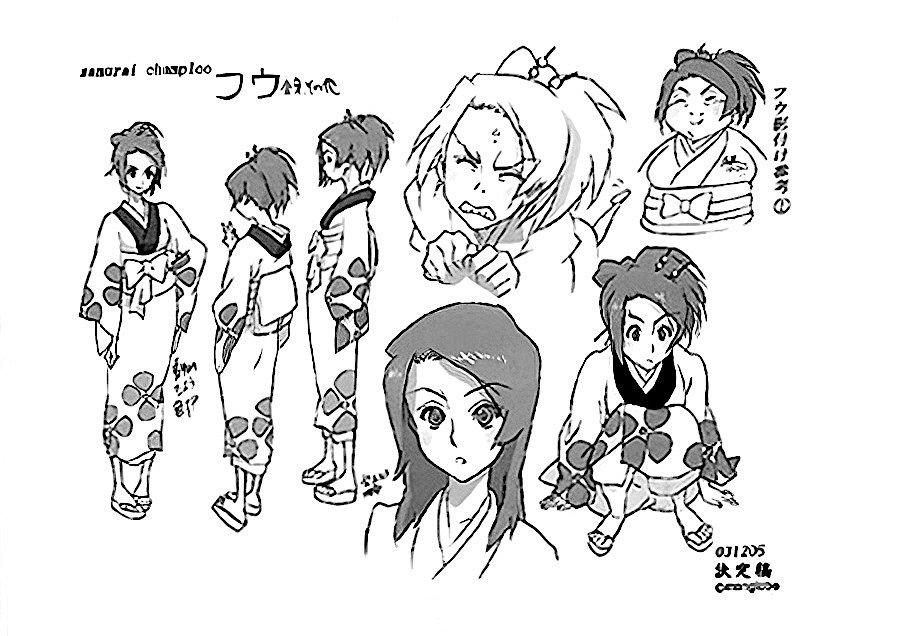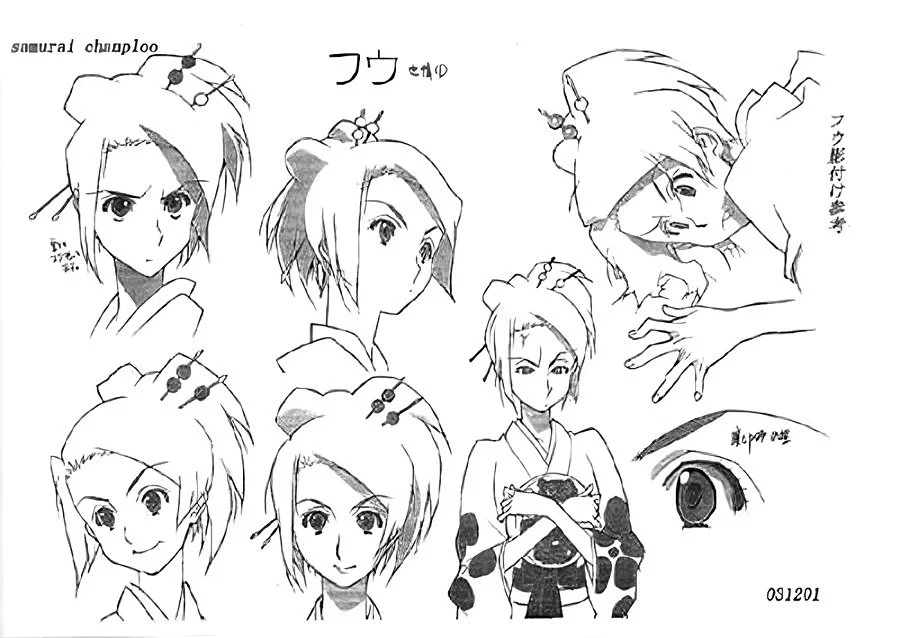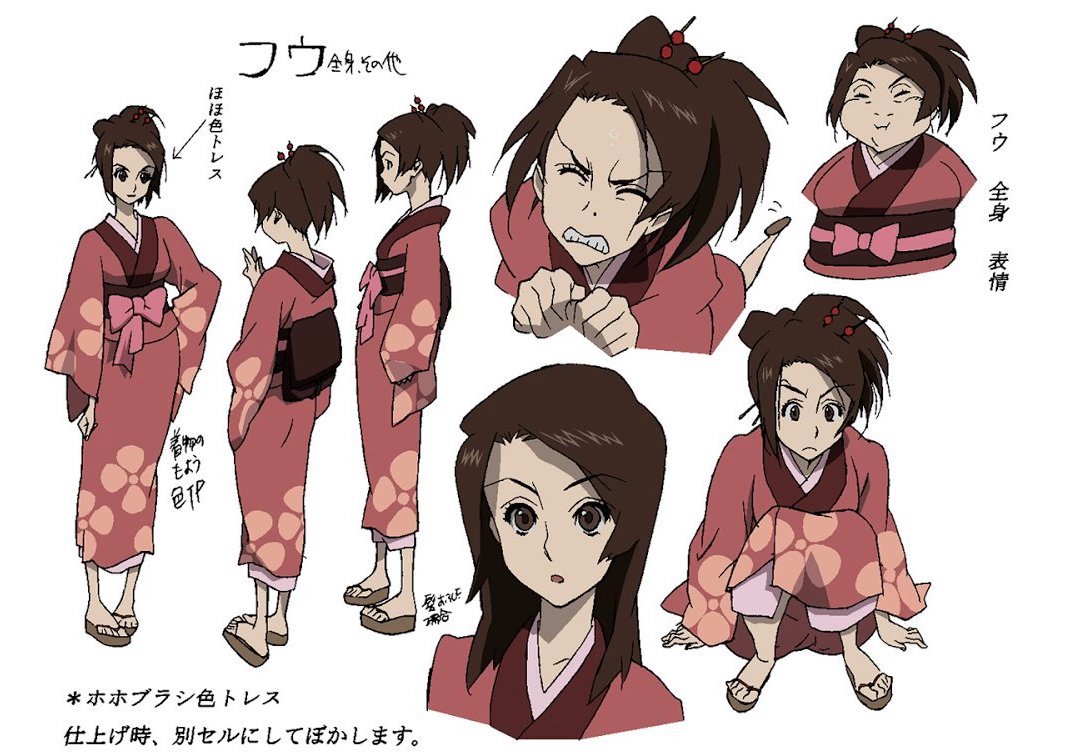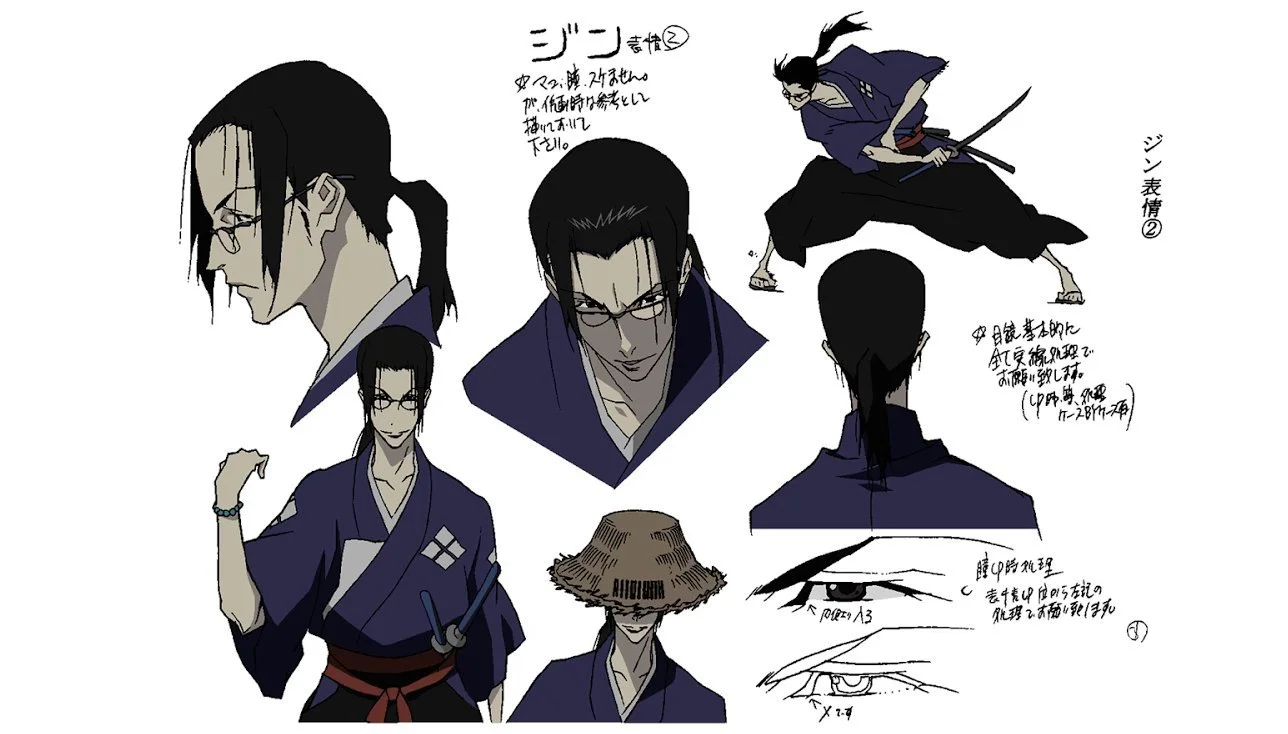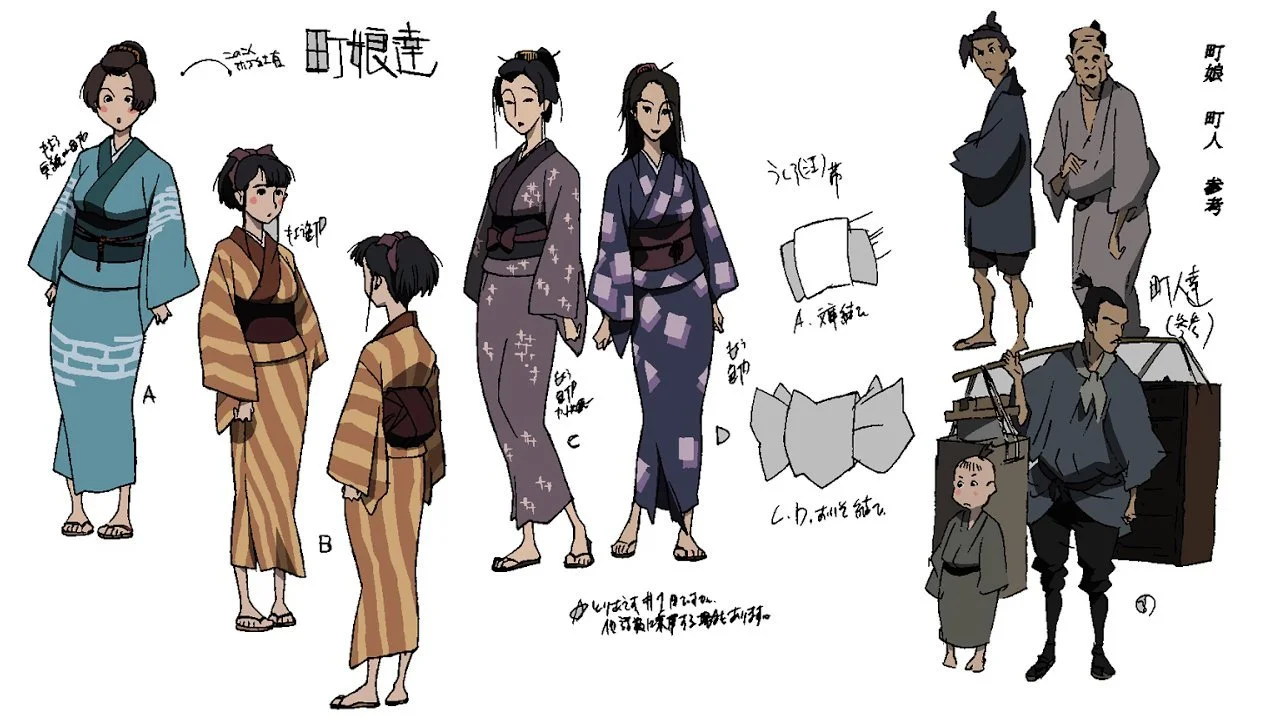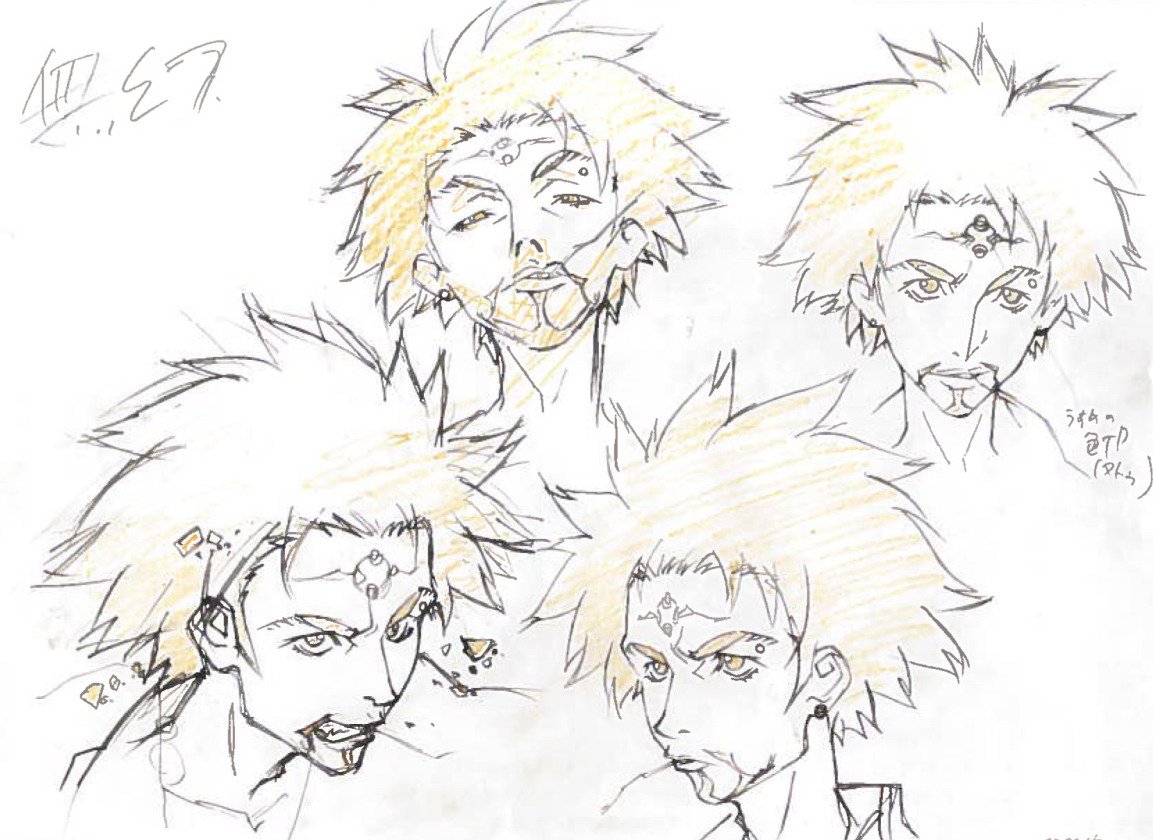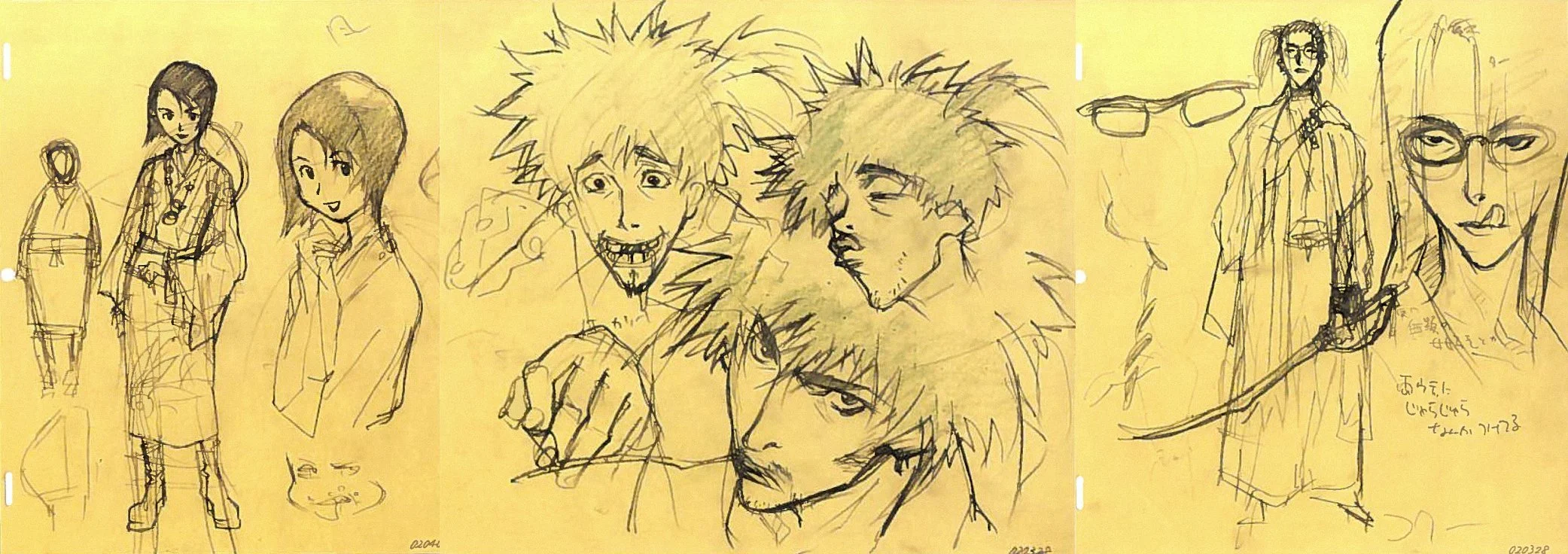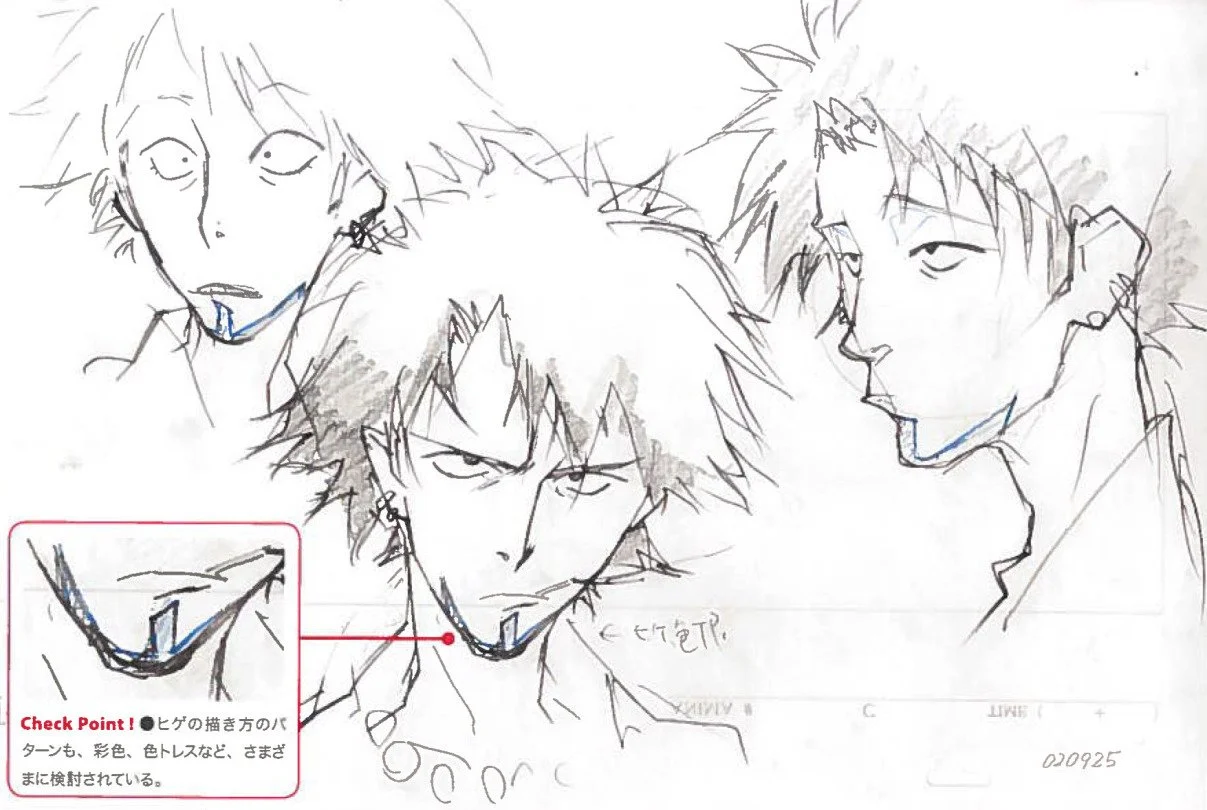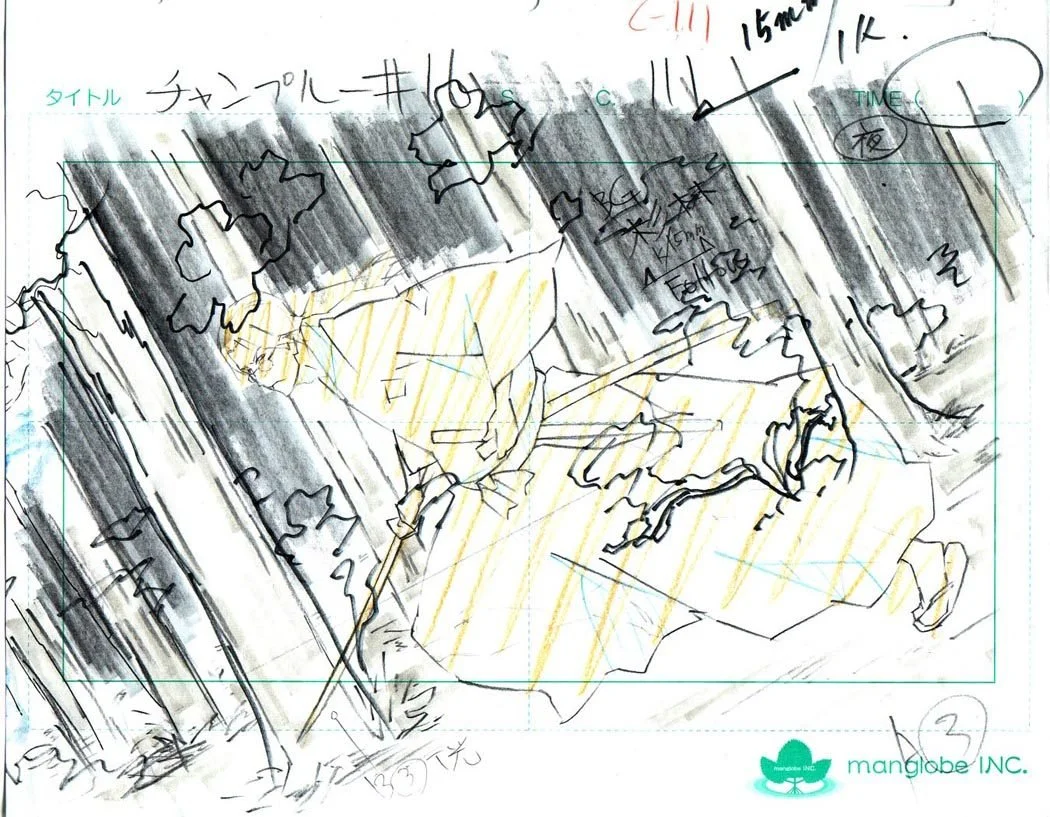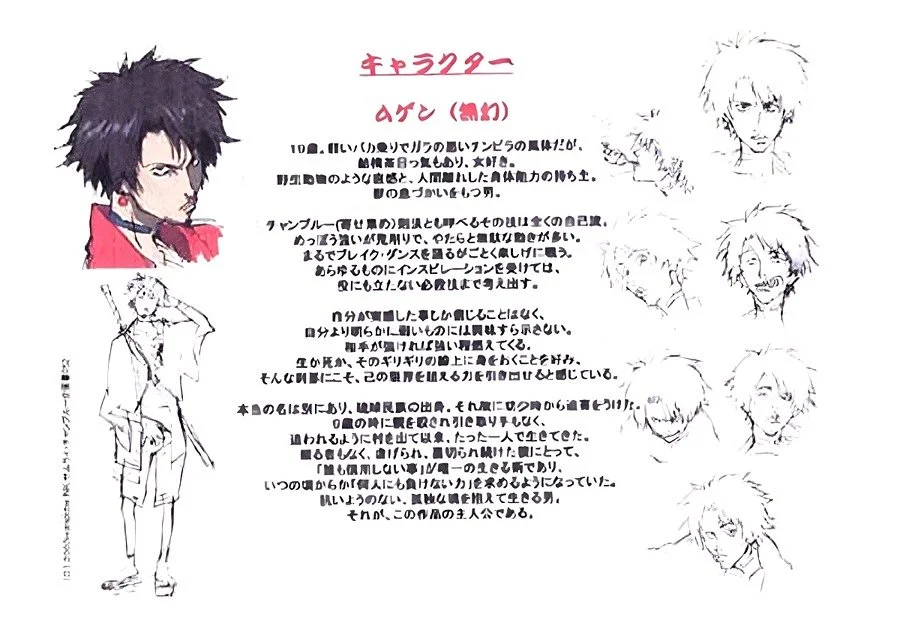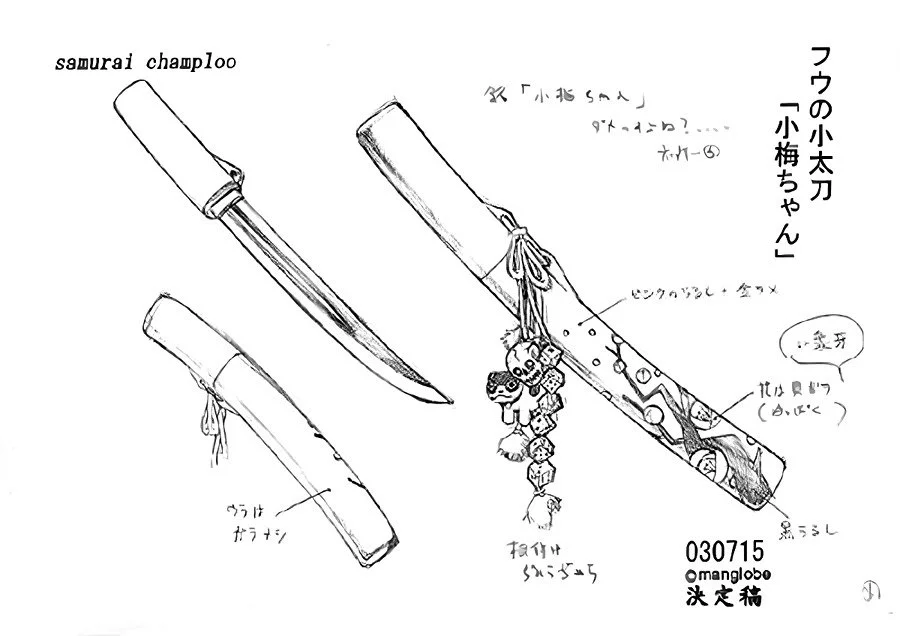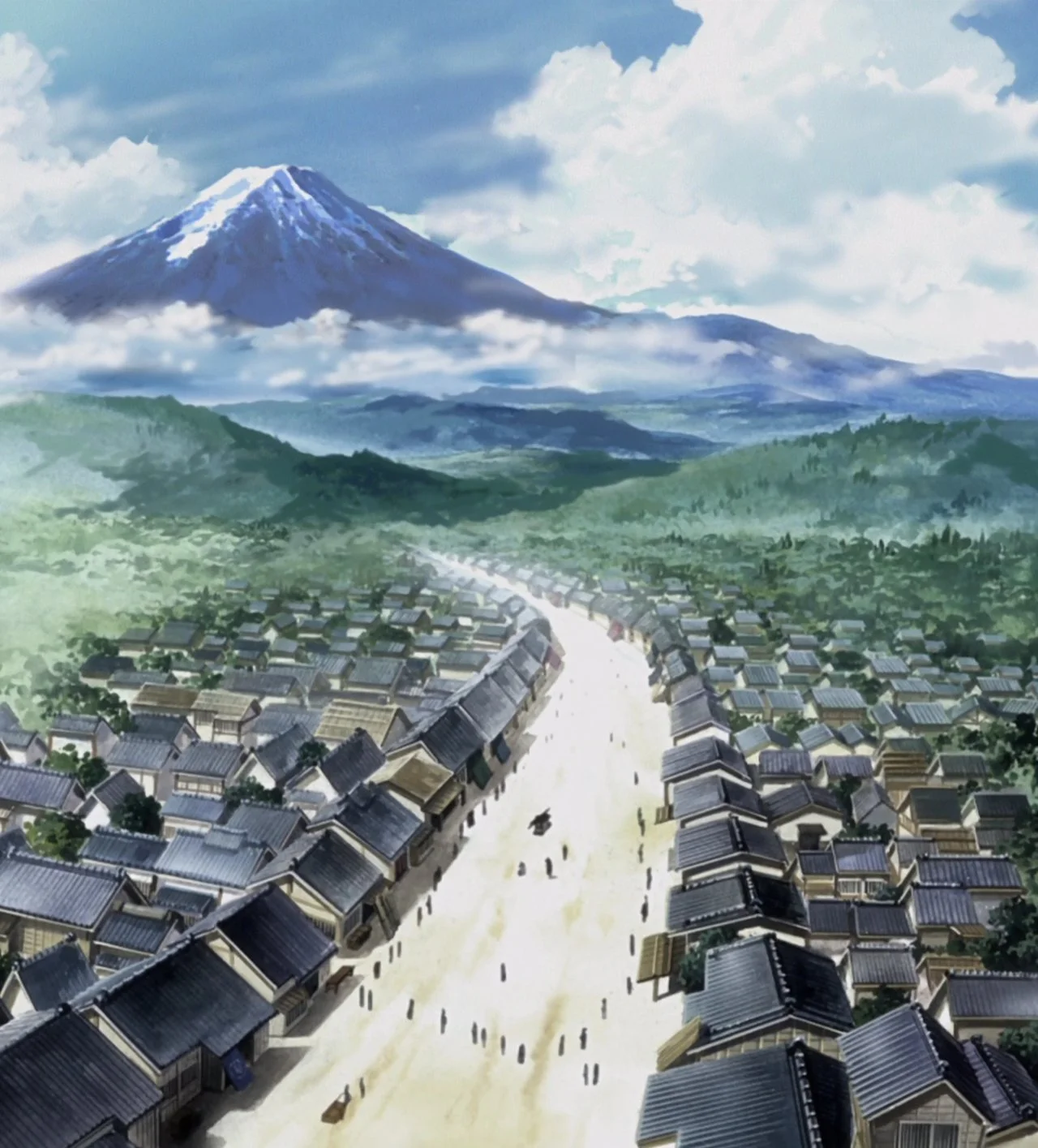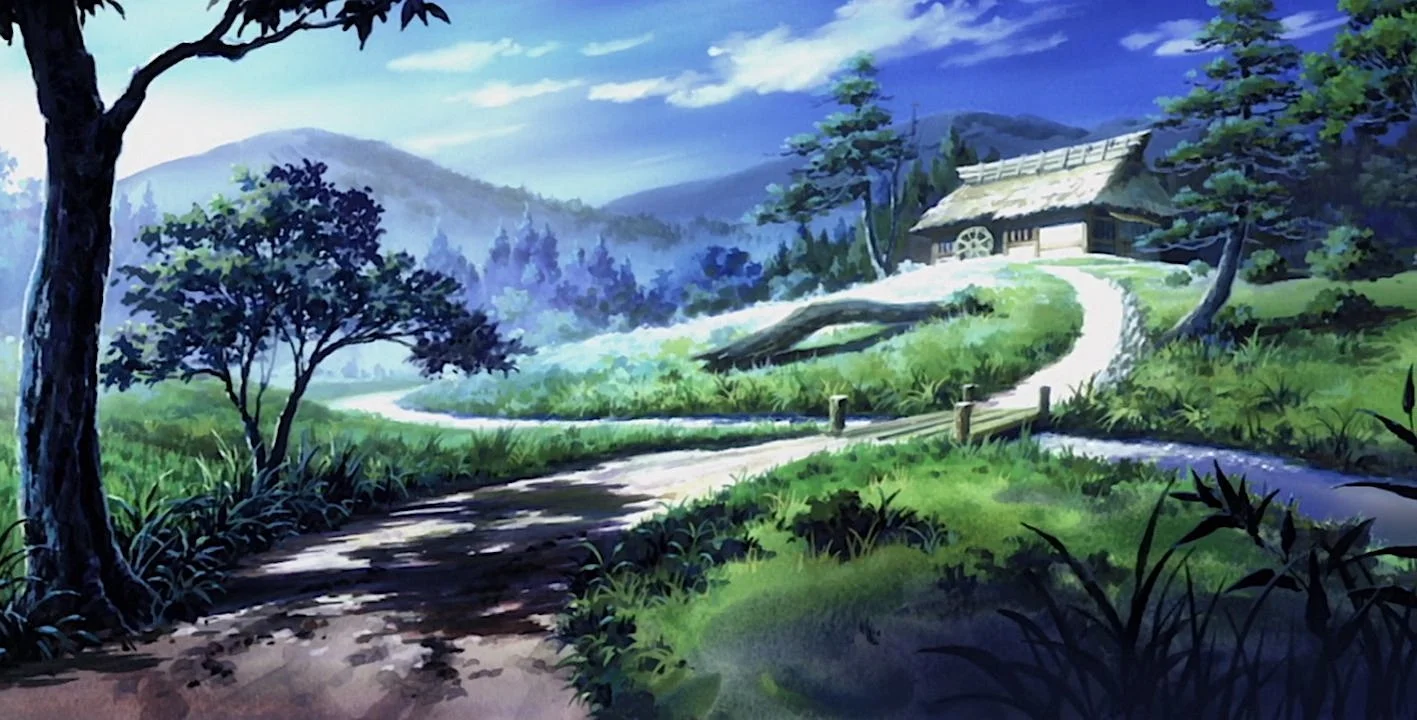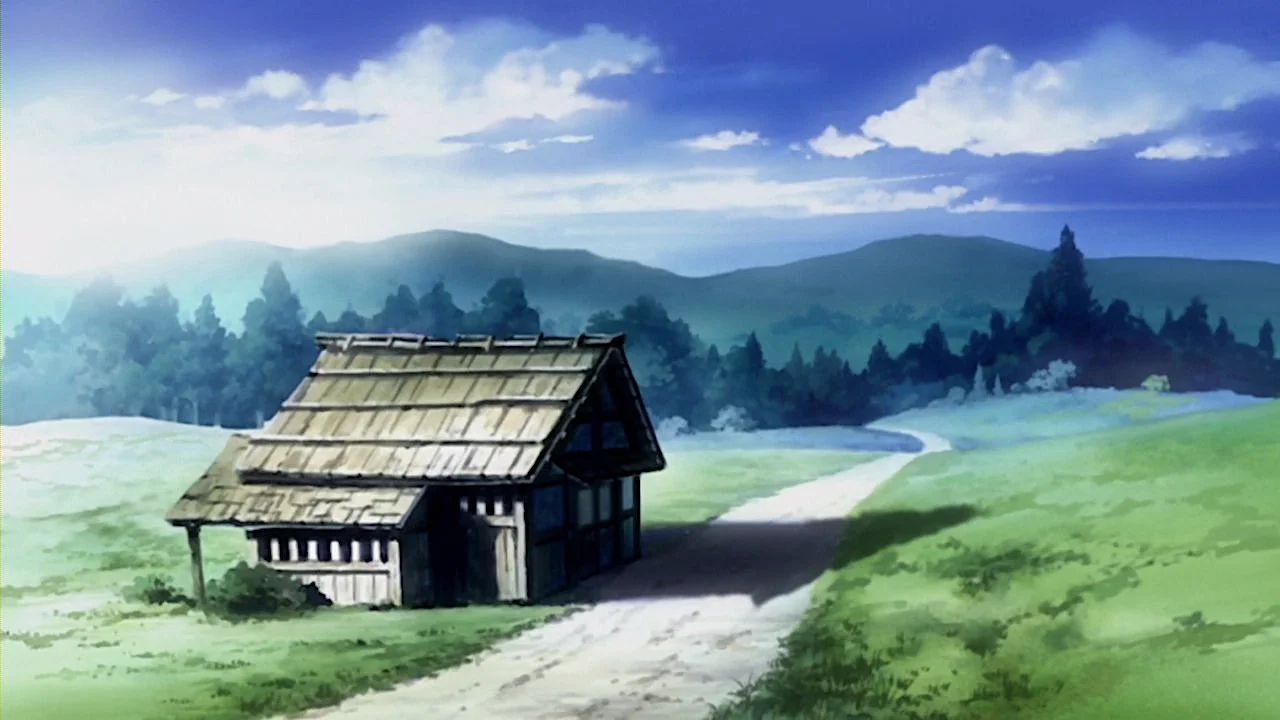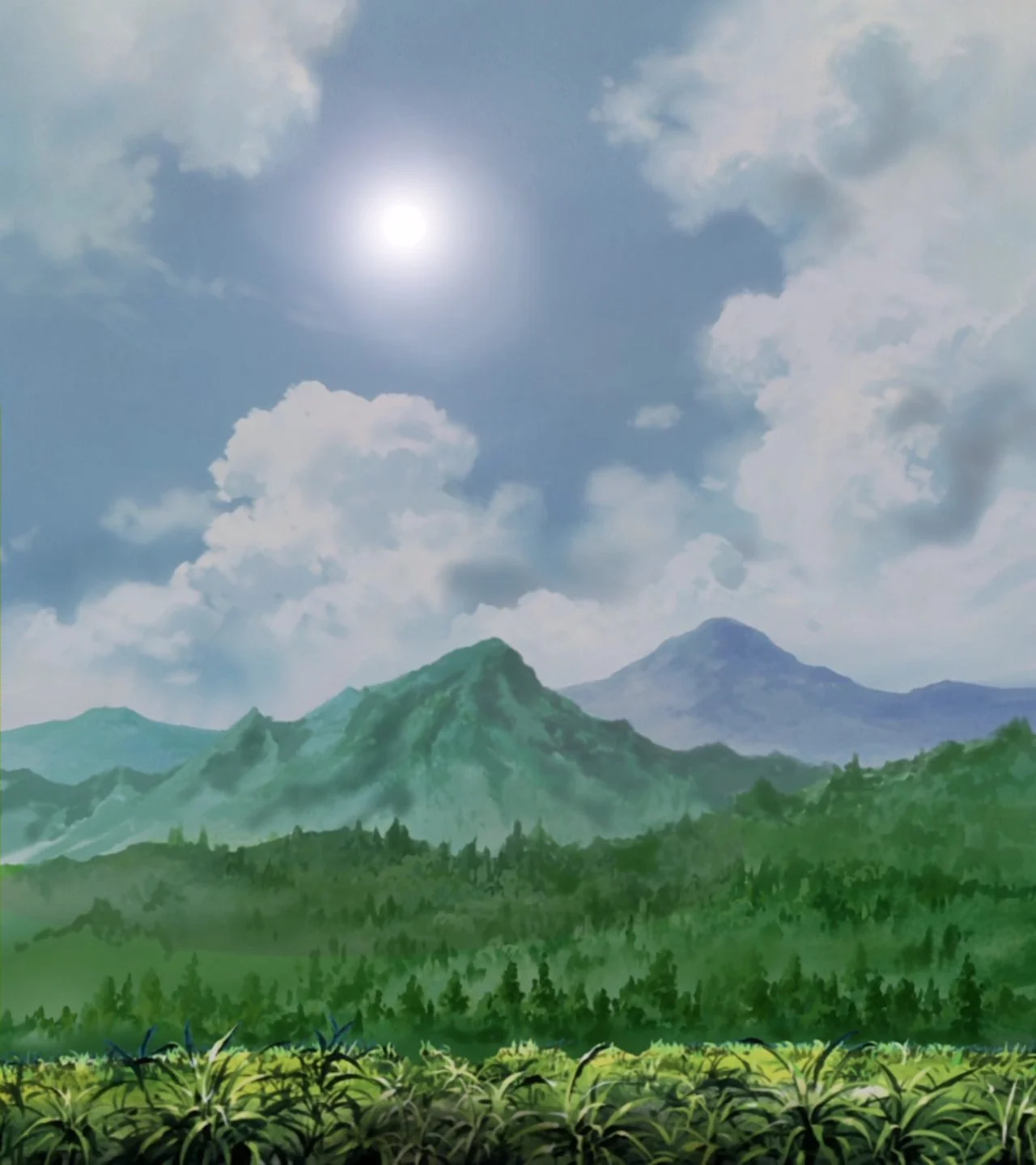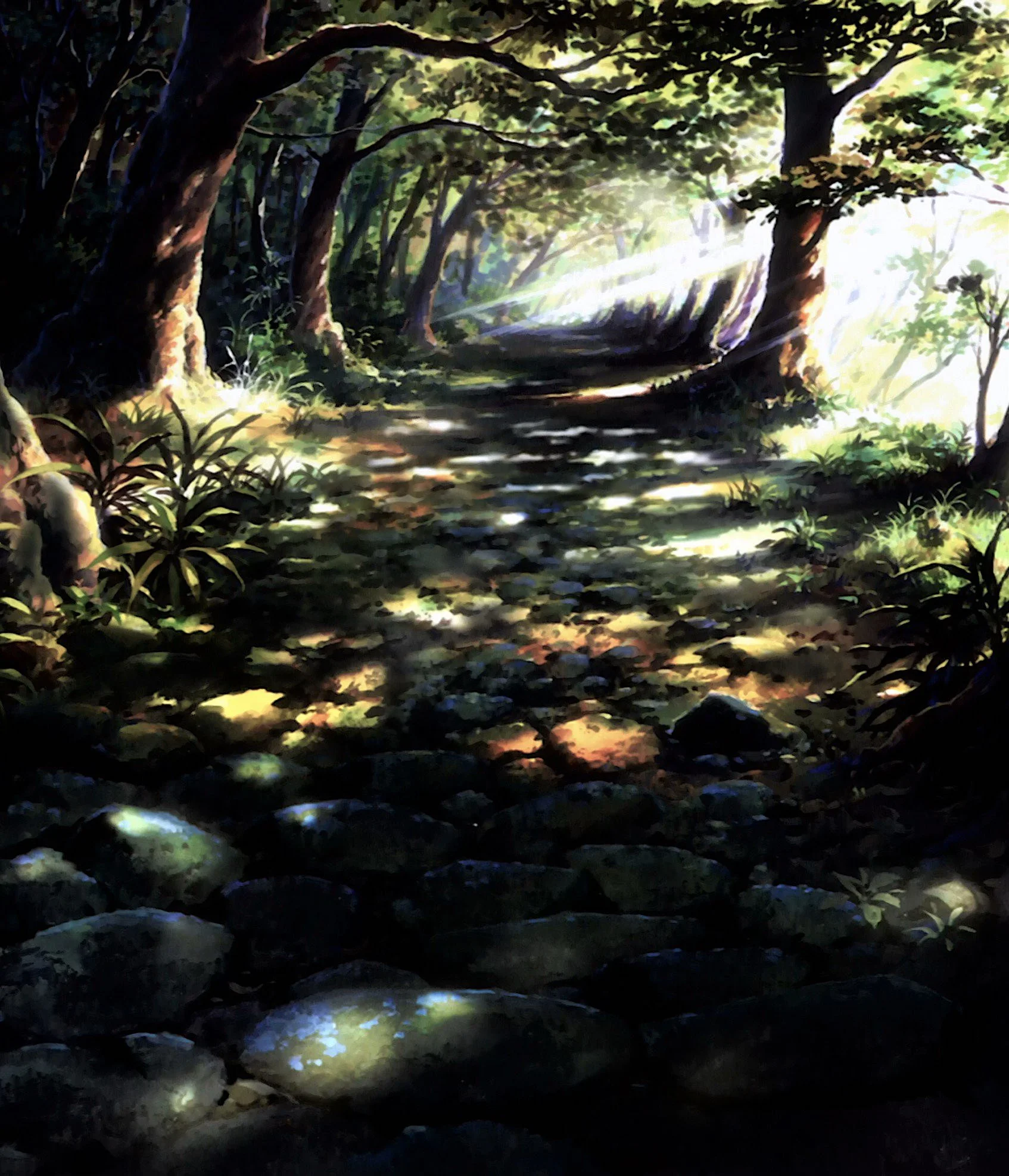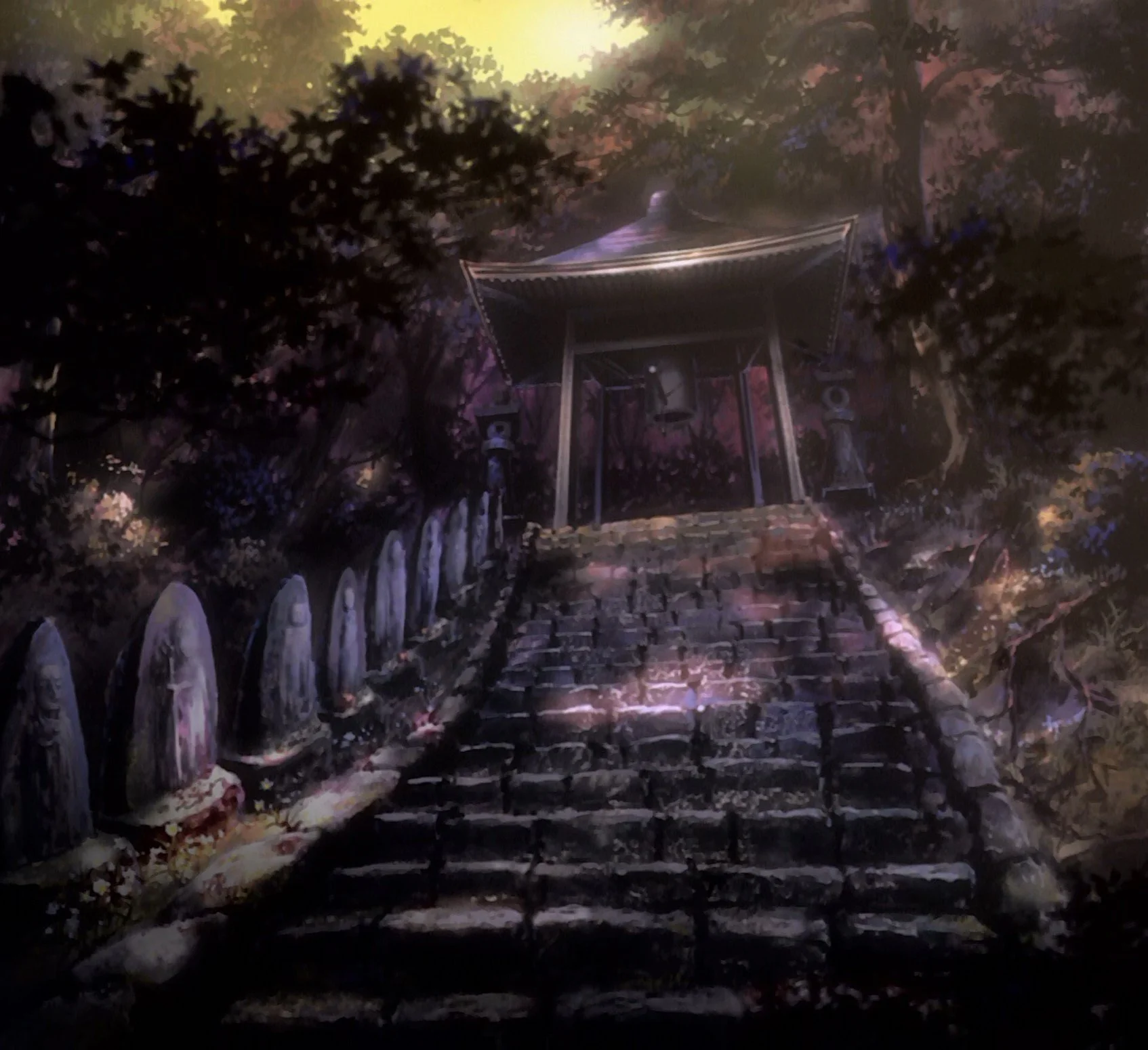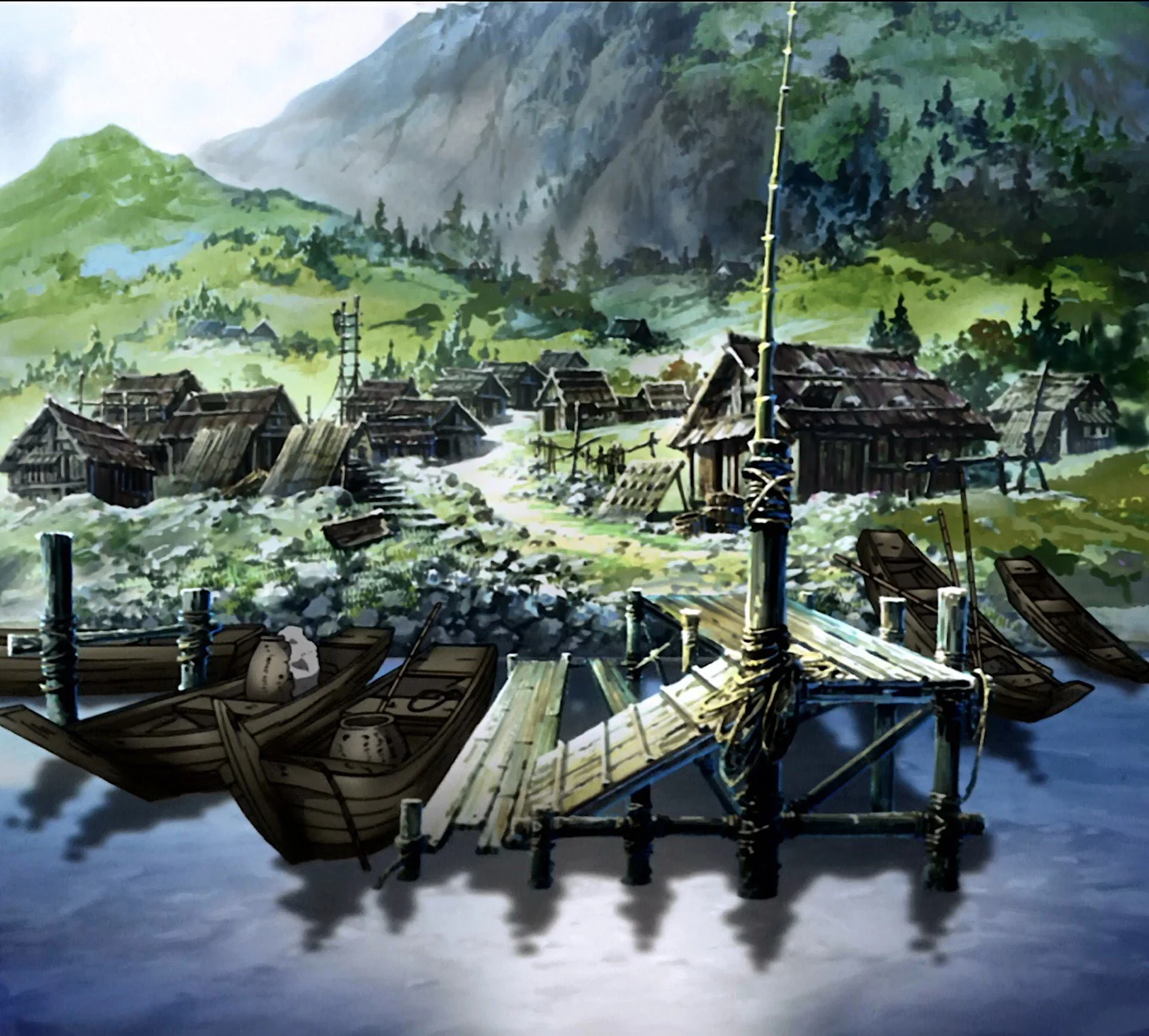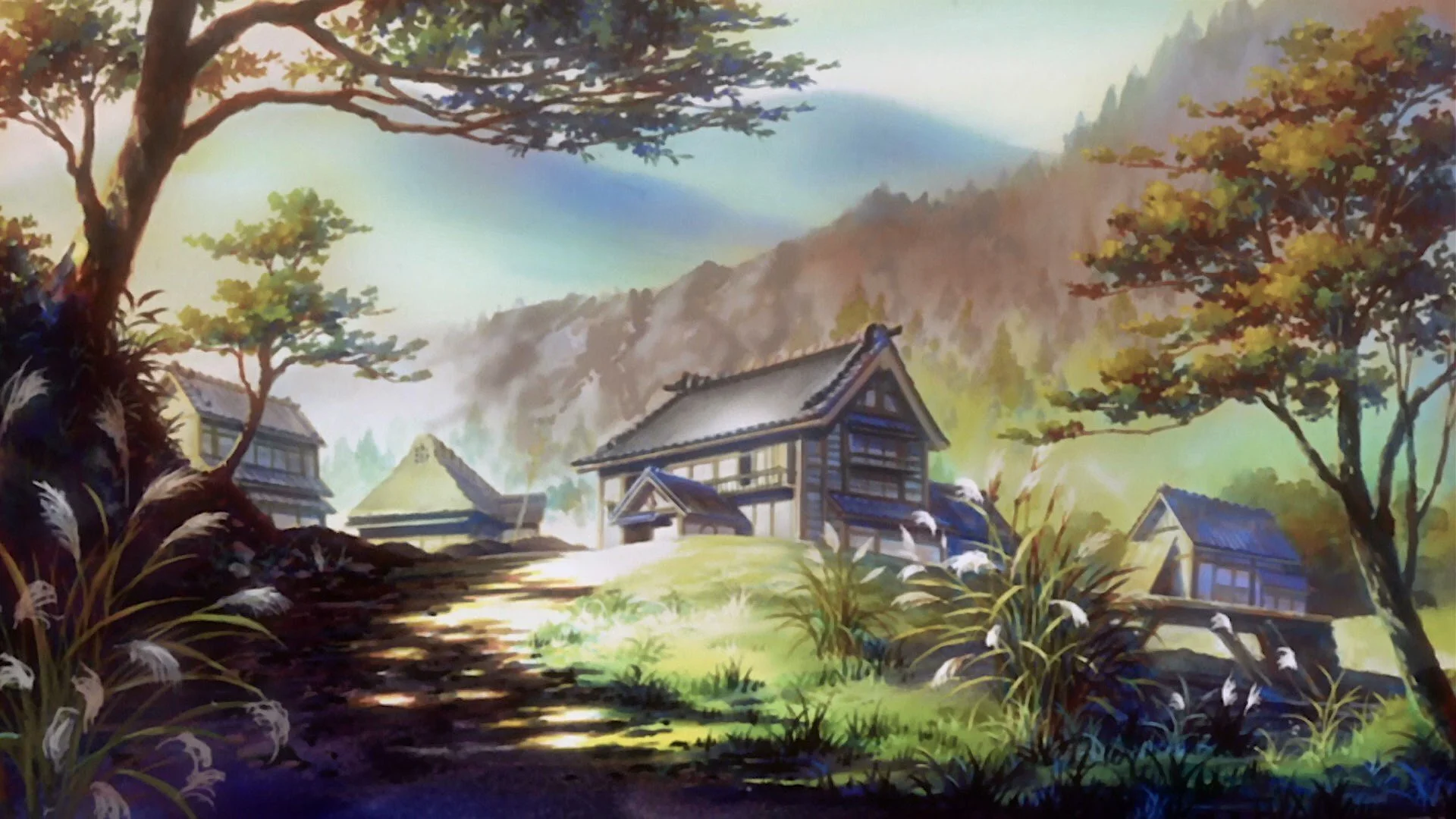Art of Samurai Champloo
/ CDRSamurai Champloo is a 2004 Japanese anime television series set in a fictionalized version of Edo period, blending traditional elements with anachronistic cultural references including hip-hop. The story follows the exploits of tea waitress Fuu, vagrant outlaw Mugen, and ronin Jin. Fuu saves Mugen and Jin from execution, then forces the pair to aid in her quest to find a samurai who smells of sunflowers.
The concept for Samurai Champloo was created by Watanabe in 1999, then known for his work on Cowboy Bebop. He wanted to create a series antithetical to the largely calm and mature atmosphere of Cowboy Bebop, wanting a complete change due to fatigue after working on one project for such a long period. The success of Cowboy Bebop meant he was permitted to develop whatever he wanted for his next project. He sent the Samurai Champloo pitch in May 2002, which included the central concepts for the series and draft designs for the lead characters, and invited Kazuto Nakazawa to join him (as he was a fan of his work and wanted the opportunity to work with him).
Watanabe defined the central theme of Samurai Champloo as the portrayal and acceptance of death, themes he had previously explored in his science fiction series. Another theme outlined in the series pitch was individuality and finding one's unique identity. The series is set in Edo period Japan, roughly sixty years after the end of the Sengoku period. While a historical time period, the anime does not focus on historical detail beyond minor inclusions and references, mainly using contemporary-style dialogue and behavior. The historical Edo period was a time when Japan was highly structured, conformist, and isolationist. Due to its Edo setting and incorporation of samurai culture and honor codes, Watanabe was worried the anime would be seen as nationalistic in tone, prompting its focus on minorities and tolerance.
The main cultural influence on the anime is the music and associated subculture of hip-hop. Watanabe had been a fan of the music genre from his high school years, citing his first exposure to "The Message" by Grandmaster Flash and the Furious Five. He compared the samurai culture to hip-hop through a similar philosophy of self-identity. The use of hip-hop also reinforced the series' focus on its minority and counter-cultural cast, creating a cultural reference by using one with the other. Alongside his liking of hip-hop, Watanabe attributed a large amount of the series' inspiration to the works of actor Shintaro Katsu, particularly his historical dramas (the narrative approach of the finished series was inspired by Katsu's notorious habit of directing projects without a set story structure).
The plot is structured like a road movie, with little connection between stories until the final three-part arc, contrasting against the serial structure of its contemporaries. Watanabe particularly cited the movies about the blind samurai Zatoichi as an inspiration for this style. Other influences on the series included Enter the Dragon and Dirty Harry.
The pictures on this page are a collection of artworks created for this series.
The Story
A young woman named Fuu is working as a waitress in a tea shop when she is harassed by a band of samurai. She is saved by Mugen, a mysterious rogue, and Jin, a young ronin. Mugen attacks Jin after he proves to be a worthy opponent and they begin fighting one another and inadvertently cause the death of Shibui Tomonoshina, the magistrate's son. For this crime, they are to be executed. With help from Fuu, they escape, though Fuu insists that they travel with her to find "the samurai who smell of sunflowers." They agree to join her, with Fuu setting the condition that they are not to duel one another until the journey is done…

Ready for more?
Discover thousands of model sheets, concept designs, background paintings from the best animation movies and TV series!



